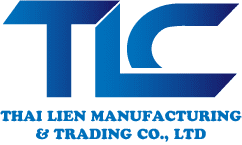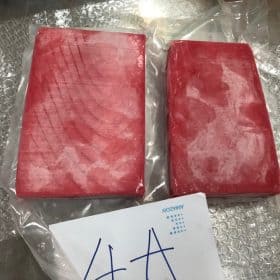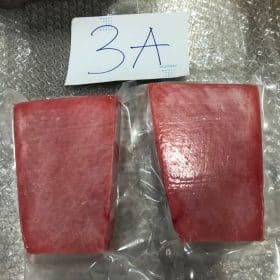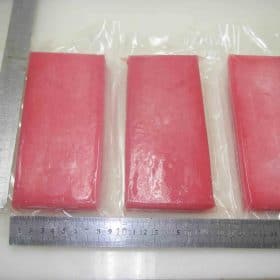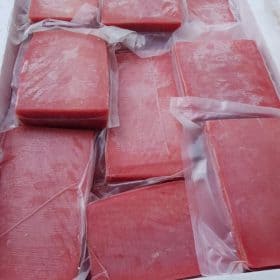5 Quality Control Methods for Tuna Saku
Introduction: Ensuring Excellence in Tuna Saku Quality
When it comes to the culinary realm, Tuna Saku stands as a premium delicacy cherished by many. Achieving and maintaining exceptional quality in Tuna Saku involves a meticulous approach. In this comprehensive guide, we delve into the five essential quality control methods that ensure each bite of Tuna Saku delivers the highest standards of freshness, flavor, and safety.
Visual Inspection: The Art of Discernment
Visual appeal is paramount in the culinary world, and Tuna Saku is no exception. Expert inspectors meticulously examine each piece, scrutinizing color, texture, and overall appearance. Only those meeting stringent visual criteria move forward in the process, guaranteeing a striking presentation on the plate.
Temperature Monitoring: The Guardian of Freshness
Maintaining an optimal temperature is the cornerstone of preserving Tuna Saku’s freshness. From ocean to plate, a precise temperature vigil ensures that Tuna Saku remains within the ideal range. Modern temperature monitoring technology assures consumers of a product that not only tantalizes the taste buds but also guarantees freshness.
Sensory Evaluation: A Symphony of Flavors
The sensory experience is at the heart of Tuna Saku quality. Trained experts evaluate its aroma, texture, and taste to ensure a harmonious blend of elements. This sensory evaluation guarantees that each bite is a culinary masterpiece, leaving a lasting impression on the palate.
Microbiological Testing: Safeguarding Consumer Health
Behind the scenes, meticulous microbiological testing forms a critical line of defense. Rigorous analyses ensure Tuna Saku is free from harmful microorganisms and pathogens. This testing regimen underscores the commitment to offering a product that not only delights the senses but also prioritizes consumer safety.
Traceability Systems: Transparency in Every Bite
The journey of Tuna Saku is unveiled through advanced traceability systems. Every step, from the sea to the table, is meticulously recorded, ensuring transparency and accountability. This level of traceability empowers consumers to make informed choices and enhances their trust in the product.
FAQs: Addressing Common Queries
Q: How does visual inspection enhance quality? Visual inspection ensures that only the most visually appealing Tuna Saku makes its way to consumers’ plates. This process guarantees an exceptional dining experience from the very start.
Q: Why is temperature monitoring crucial? Temperature monitoring ensures that Tuna Saku maintains its freshness throughout the supply chain, preserving its delicate flavor and texture.
Q: How does sensory evaluation impact taste? Sensory evaluation ensures that Tuna Saku embodies the desired aroma, texture, and taste, offering a harmonious and delightful culinary experience.
Q: What is the significance of microbiological testing? Microbiological testing assures consumers that Tuna Saku is free from harmful microorganisms, prioritizing their health and safety.
Q: How do traceability systems benefit consumers? Traceability systems provide transparency, allowing consumers to trace the journey of their Tuna Saku and make informed choices.
Conclusion: Elevating Culinary Excellence
In the realm of Tuna Saku, quality control methods are the unsung heroes behind each mouthwatering bite. Visual inspection, temperature monitoring, sensory evaluation, microbiological testing, and traceability systems collectively contribute to a product that promises excellence on every plate. As consumers savor the symphony of flavors and textures, they can rest assured that every aspect of their Tuna Saku experience is meticulously crafted to perfection.
